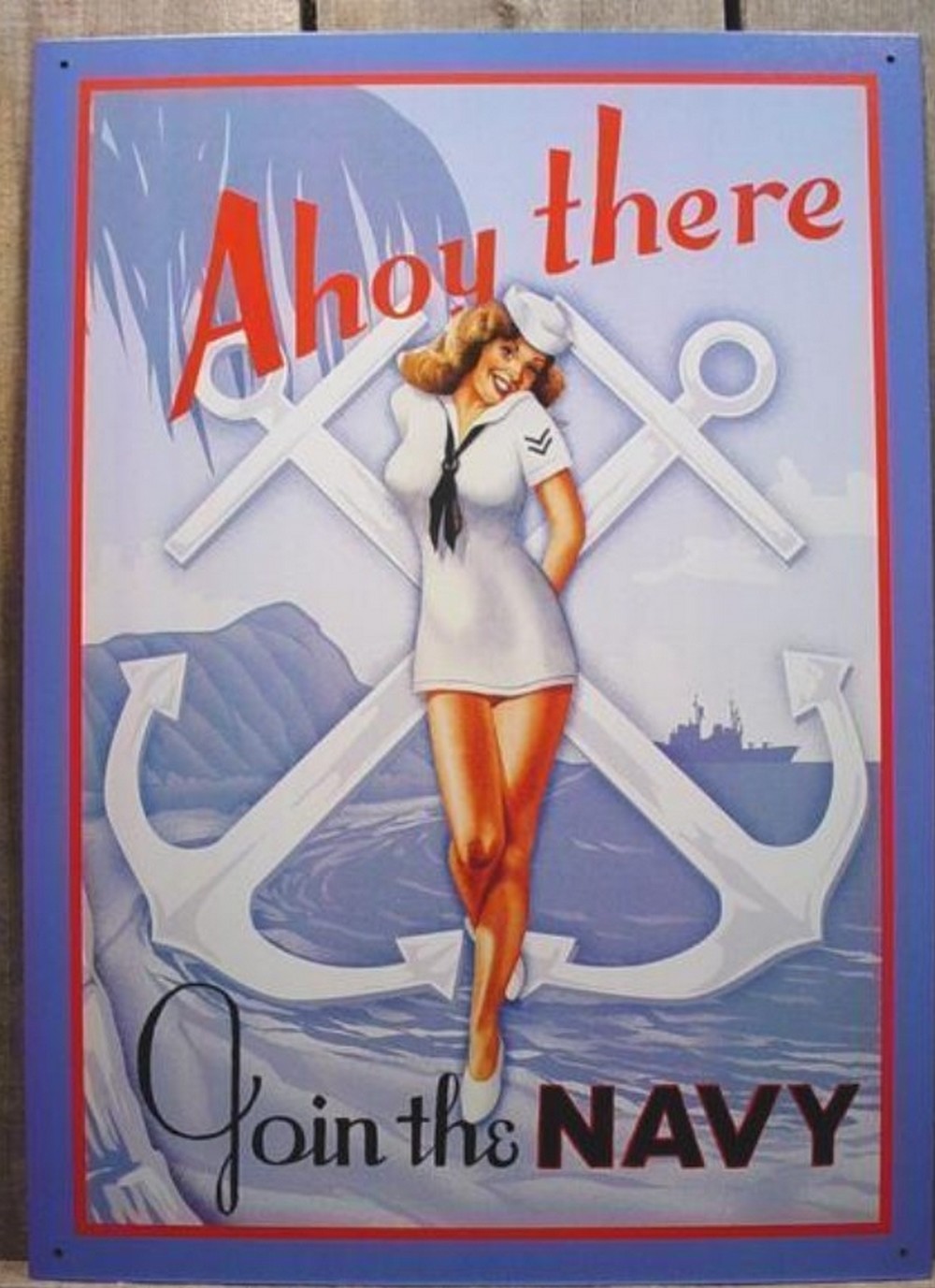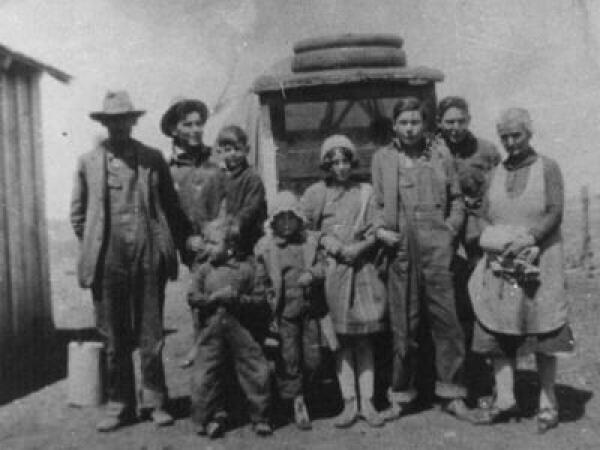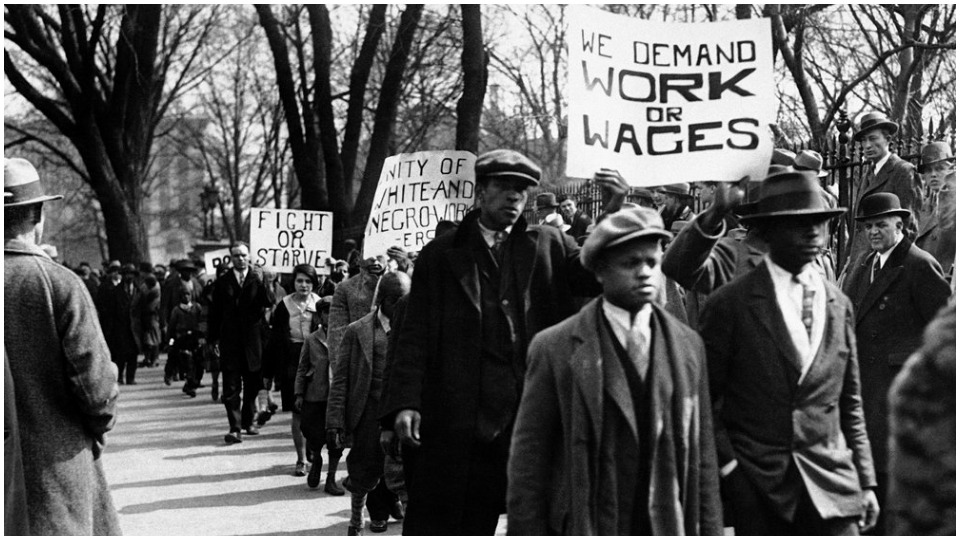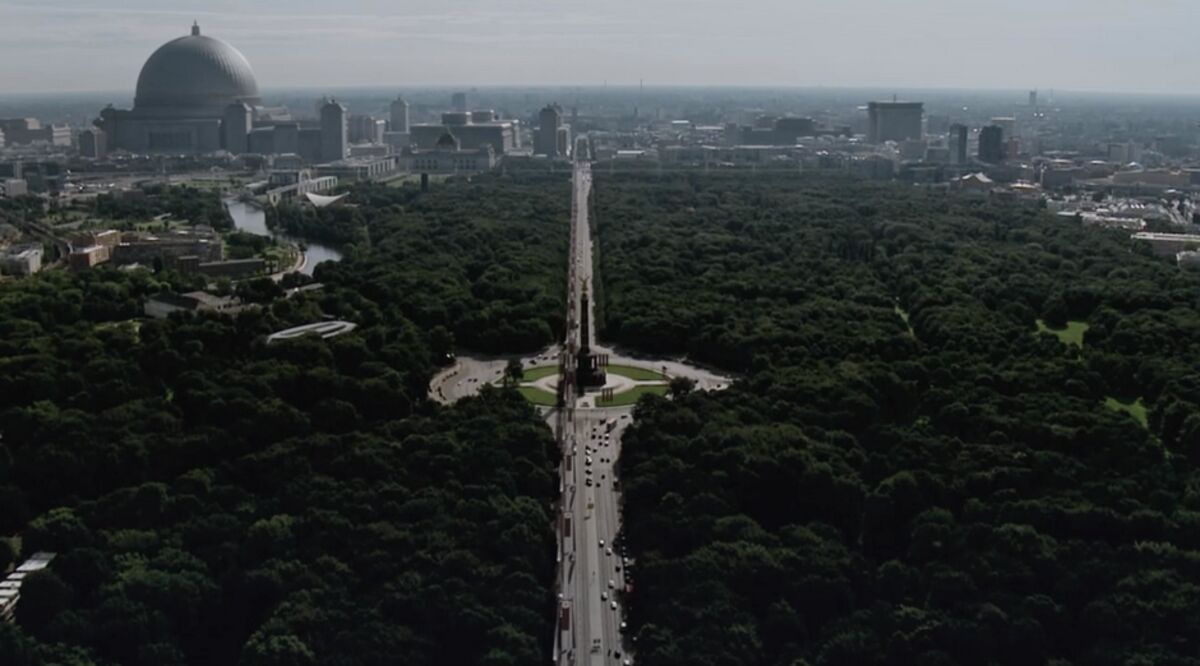You are using an out of date browser. It may not display this or other websites correctly.
You should upgrade or use an alternative browser.
You should upgrade or use an alternative browser.
Photos of the Kaiserreich
- Thread starter pattontank12
- Start date
Japanese and Fengtian soldiers engaging Qing forces in a small town during the opening moves of the Battle of Beijing (1942), February 1942. The spectacular and shocking defeat at Shanhai Pass forced a major change in Wu Peifu's plans. His aim for a northern offensive into Manchuria was by more or less foiled and can no longer be carried out. The Zhilli switched to a defensive stature combined with mass partisanship and guerilla warfare behind enemy lines, with the aim of cutting off Japanese-Fengtian supply routes, harass enemy forces as much as possible, and making life itself very difficult for the occupying invaders. Villagers were encouraged to resist the occupation by Qing sympathizers, which many obliged.
Despite these efforts aimed at bleeding the GEACPS forces white of blood, the Northern Tiger's forces pushed on, not minding the countless lives lost. The war in China was becoming a meat grinder, and who knows how many more will die before it is over. Prosperity Sphere units reached Beijing's outskirts nevertheless by the beginning of February. The opening moves to the Battle was made by mostly Fengtian forces under direct command of Zhang Zuolin. The plan was to bomb the city into submission using overwhelming air power and encircle the city from all directions. No significant response from the Germans, who were backing the Qing to an extent, was heard from by the Japanese. It's do or die for the Jade Marshal.
Despite these efforts aimed at bleeding the GEACPS forces white of blood, the Northern Tiger's forces pushed on, not minding the countless lives lost. The war in China was becoming a meat grinder, and who knows how many more will die before it is over. Prosperity Sphere units reached Beijing's outskirts nevertheless by the beginning of February. The opening moves to the Battle was made by mostly Fengtian forces under direct command of Zhang Zuolin. The plan was to bomb the city into submission using overwhelming air power and encircle the city from all directions. No significant response from the Germans, who were backing the Qing to an extent, was heard from by the Japanese. It's do or die for the Jade Marshal.
"China is a land of opportunity. The world just hasn't realized it yet."
- Emperor Showa/Hirohito

- Emperor Showa/Hirohito
Zhang Zuolin, the Northern Tiger, giving a speech at the Shenyang Military Academy in Manchuria. A portion of the speech is as follows:
"...We are here today to bring a new future to the people and government of China. We are here to not only mark ourselves in the pages of Human and Chinese history, but to bring forth a change in the system that has befallen and corrupted our society these past decades. Years before the Revolution of 1911, China has shunned away from the rest of the world, and certainly I believe that is the reason why we are suffering today. We refuse to cooperate with foreigners. We refuse to open our doors to new opportunities waiting abroad that can help our own local opportunities here at home. Today, with our comrades in the form of the Japanese Empire and the Transamurian Republic, we stand proud to build not only a new China, but a new Asia: an Asia free from the oppressors from the West. The Qing and it's Jade Marshal are puppets of the Germans, and they only bring shame to the Chinese people. That shall not continue any longer. Let us stand united to free this continent of the oppressors..."
"...We are here today to bring a new future to the people and government of China. We are here to not only mark ourselves in the pages of Human and Chinese history, but to bring forth a change in the system that has befallen and corrupted our society these past decades. Years before the Revolution of 1911, China has shunned away from the rest of the world, and certainly I believe that is the reason why we are suffering today. We refuse to cooperate with foreigners. We refuse to open our doors to new opportunities waiting abroad that can help our own local opportunities here at home. Today, with our comrades in the form of the Japanese Empire and the Transamurian Republic, we stand proud to build not only a new China, but a new Asia: an Asia free from the oppressors from the West. The Qing and it's Jade Marshal are puppets of the Germans, and they only bring shame to the Chinese people. That shall not continue any longer. Let us stand united to free this continent of the oppressors..."
"A new life for China is to be made by us, and cherished by our children tomorrow."
- Zhang Zuolin
- Zhang Zuolin
Chinese Imperial forces under command of the Shandong Clique preparing to ship out to the frontlines to aid in the defense of Beijing, February 1942. While nominally large in the manpower pool, the warlord states' armies are nevertheless ill equipped and rely on the Qing government and military for even the most basic of combat resources, such as food, water, weapons and ammunition. They were very useful however in supporting partisan forces in the field, as they are nominally suited for more smaller scale combat instead of extreme battles that involves tanks, artillery and aircraft.
It is notable that Zhang Zongchang, the leader of the Shandong Clique, holds absolutely no loyalty to the Central Government in Beijing. He is in fact a vocal critic of Wu Peifu. Unbeknownst to his commanders in the Zhilli Clique, the warlord had signed a secret agreement with the Co Prosperity Sphere, which essentially made Shandong an insider within the Qing government. Zhang's forces were to "join" the Imperial Army of the Qing, with the extra objective of stealing intelligence like battle plans for the use of the Japanese and the Fengtian forces. Under orders, the Shandong Revolutionary Army refused to engage GEACPS units, despite continued directives from Peifu to do so. The clique would essentially switch sides later down the line, to the shock of the Qing.
It is notable that Zhang Zongchang, the leader of the Shandong Clique, holds absolutely no loyalty to the Central Government in Beijing. He is in fact a vocal critic of Wu Peifu. Unbeknownst to his commanders in the Zhilli Clique, the warlord had signed a secret agreement with the Co Prosperity Sphere, which essentially made Shandong an insider within the Qing government. Zhang's forces were to "join" the Imperial Army of the Qing, with the extra objective of stealing intelligence like battle plans for the use of the Japanese and the Fengtian forces. Under orders, the Shandong Revolutionary Army refused to engage GEACPS units, despite continued directives from Peifu to do so. The clique would essentially switch sides later down the line, to the shock of the Qing.
"The Jade Marshal is a shame not only to China, but to himself."
- Zhang Zongchang
- Zhang Zongchang
Who's the time traveller second from the right? The one with the PM-63?
Members of the anti-German partisan group known as the Forest Brothers. United Baltic Duchy, 1937
Deleted member 82792
A Canadian child runs to his father, a soldier, as his unit prepares to embark on Operation: Reclamation. 1940
Last edited by a moderator:
Deleted member 82792
A typical neighborhood in Northern England, Union of Britain. 1972
Germans testing a Messerschmitt Bf 109, 1935. (Please ignore the Nazi symbols)
The UoB's top-scoring fighter pilot, Wing Commander James ‘Johnnie’ Johnson, with his Spitfire and pet Labrador ‘Sally’ in Normandy. 1944.
Asian American guerilla soldiers of the Pacific States Army, pictured here hiding in the mountains of Oregon, late February to early March 1942. Sporadic guerilla warfare continued well into the 1940s, courtesy of remnant forces of the armies of the PSA, AUS and the Syndicates, who continued their resistance against the triumphant reformed Federal Government led by General MacArthur. Their numbers are disputed, but estimates by the United States Army states that as many as 10,000 fighters were active.
They operated in bands of at least 20 soldiers each, with their bases usually in the wilderness or in mountainous areas. These guerillas usually conduct raids against US Army security forces and even the civilian population at times, especially civilian centers that backed the Federal Government during the Second American Civil War, aiming at capturing supplies such as food and water, and also accessing firearms and ammunition. Pacific States resistance groups were the most common, as the former territories of the rebel government still highly despises the Presidency in Washington DC. The last resistance fighters would not surrender until 1946, 7 years after the conflict.
"We are here to resist tyranny, not encourage terrorism."
- Captain Earl Brooks

- Captain Earl Brooks
Chaplain ZeBarney Thorne Philips delivering the opening prayer to the United States Senate, March 1942. The American Unionist/MacArthurite senators are seated on the left side of the chamber, with the New Federalist senators seated on the right side. As a multi party "democracy", a few senators from other parties are present here.
Under the provisions of the 22nd Amendment, the United States of America dissolved the century old 2 party system, which to the eyes of the military government, was plaguing the country and was a major reason for the catastrophic civil war. The new multi party system allowed third parties to run in the elections with the same benefits and rights that are held by the 2 new dominant parties: the American Unionist Party and the New Federalist Party. These 2 organizations were the political manifestation of the divide within the Federal Government, with the AUP backing MacArthur and his Loyalists, and the NFP supporting the likes of Omar Bradley and Dwight D. Eisenhower. Many argue that the amendment just replaced the old 2 party system with a new one, as both parties were the dominant groups for the majority of the MacArthur Era. The largest third party was the Progressive Party, which itself has barely enough support to actually get people into the Congress and grab substantial votes in presidential elections.
Under the provisions of the 22nd Amendment, the United States of America dissolved the century old 2 party system, which to the eyes of the military government, was plaguing the country and was a major reason for the catastrophic civil war. The new multi party system allowed third parties to run in the elections with the same benefits and rights that are held by the 2 new dominant parties: the American Unionist Party and the New Federalist Party. These 2 organizations were the political manifestation of the divide within the Federal Government, with the AUP backing MacArthur and his Loyalists, and the NFP supporting the likes of Omar Bradley and Dwight D. Eisenhower. Many argue that the amendment just replaced the old 2 party system with a new one, as both parties were the dominant groups for the majority of the MacArthur Era. The largest third party was the Progressive Party, which itself has barely enough support to actually get people into the Congress and grab substantial votes in presidential elections.
"The division between the Unionists and the Federalists practically marks the beginning of a new Democrat - Republican era."
- Floyd Olson
- Floyd Olson
Soldiers of the First United States Army, Omar Bradley's personal armed force, pictured in a military parade in Denver, March 1942. Similar parades occured around the country as means of political power projection. This tactic was done constantly by the AUP and NFP.
America in the 1940s had also become like the infamous warlords of China when it comes to the personal protection of several key figures. Since the government in Washington was made out of Army generals and staff members, some have the benefit of having sections of the armed forces rally to them for their protection, protection of the person and their interests. In short, the new politicians in the Capitol and in the White House had personal armies that they can use to their free will. Notable of these is Omar Bradley (First US Army), Lesley McNair (20th US Army) and even MacArthur himself (8th US Army). Figures like them utilized these armed formations for aforementioned scare tactics against anyone who backed the enemy of the other. These units are united only by the Joint Chiefs, who overall commands them as the governing body of the United States Armed Forces.
"This nation has fallen to tyrants, but their rule is only the passing of greed."
- Earl Browder
- Earl Browder
Last edited:
Deleted member 82792
A Russian State commissar leads his men in a counterattack against German lines in Ukraine, 12 July 1942. The officer in question, Alexey Yeryomenko, was killed soon after this picture was taken.
Soldiers of the Republican army advance through smoke during training in Surrey, 8 July 1940.
Wilm Hosenfeld, a German officer, posing with a Polish child he rescued during the Second Weltkrieg, 1940
Last edited by a moderator:
Deleted member 82792
Emperor of Japan Akihito and Empress Michiko visit the Great Wall of China during a goodwill tour of the Asia-Pacific Co-Prosperity Sphere - 1992
JFK speaking at a union rally in West Virginia, CSA 1960
Winston Churchill being carried to hospital after a road accident, Canada 1931
Share:
